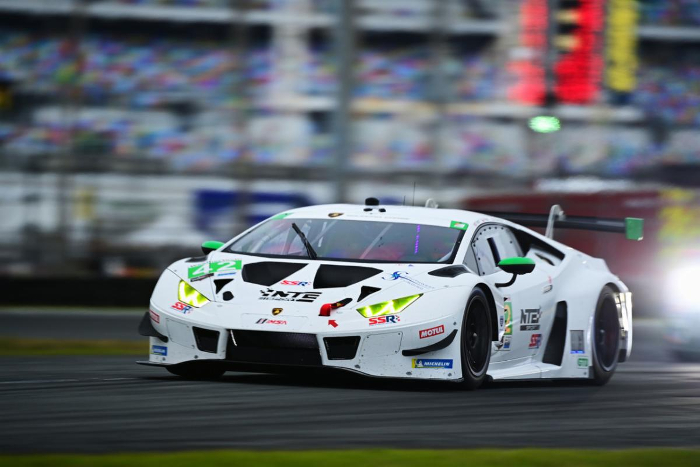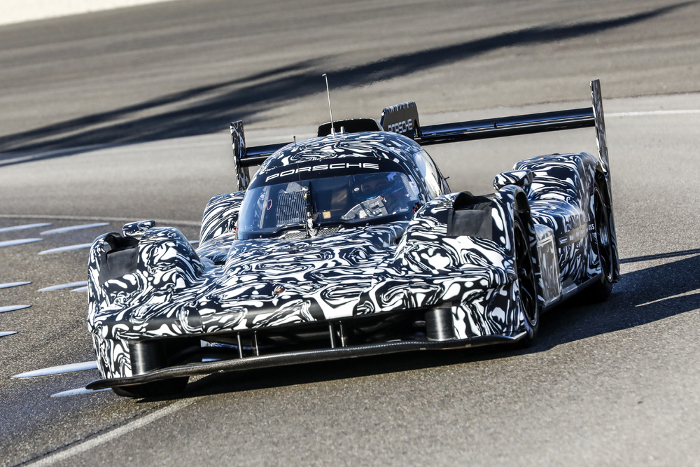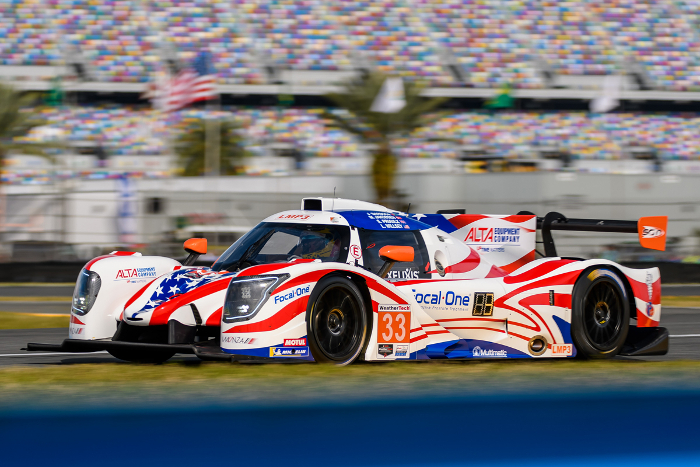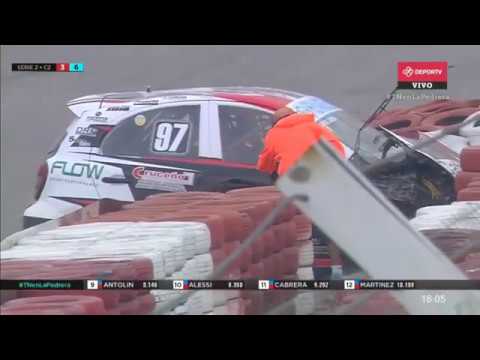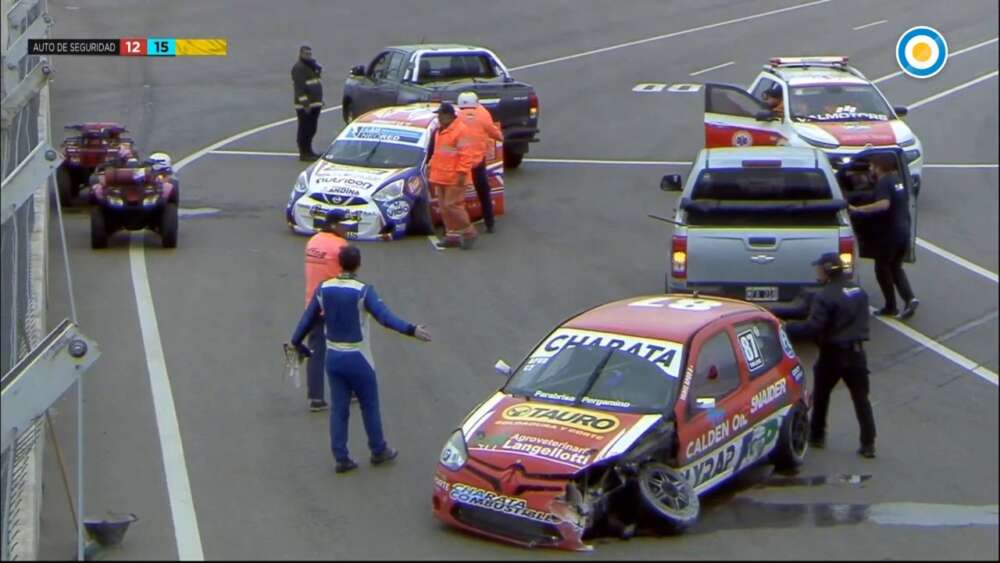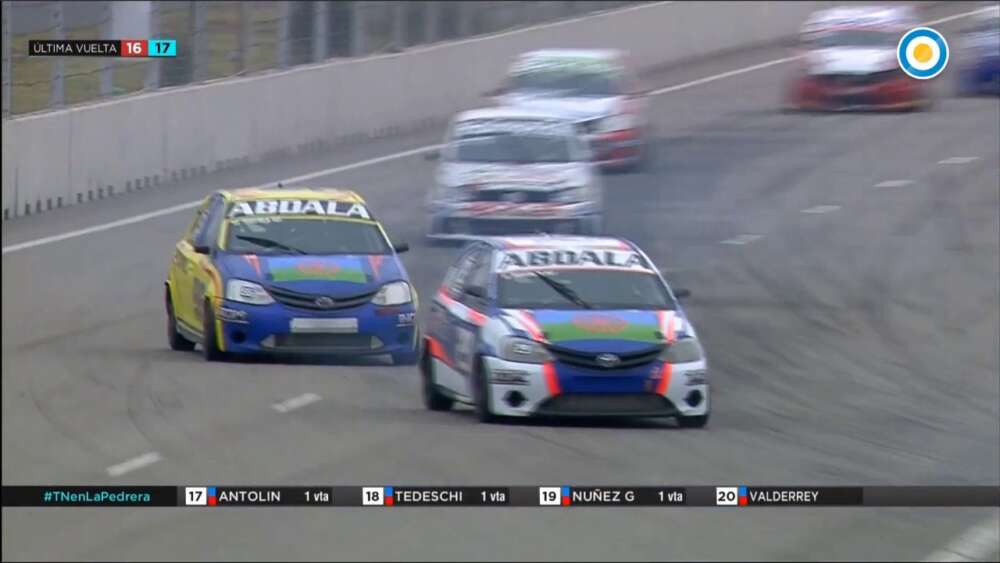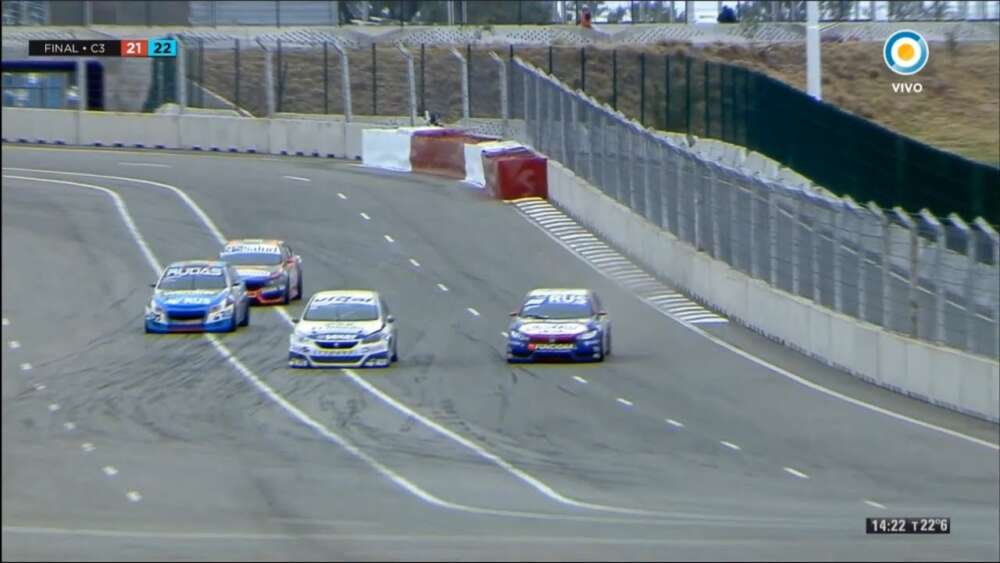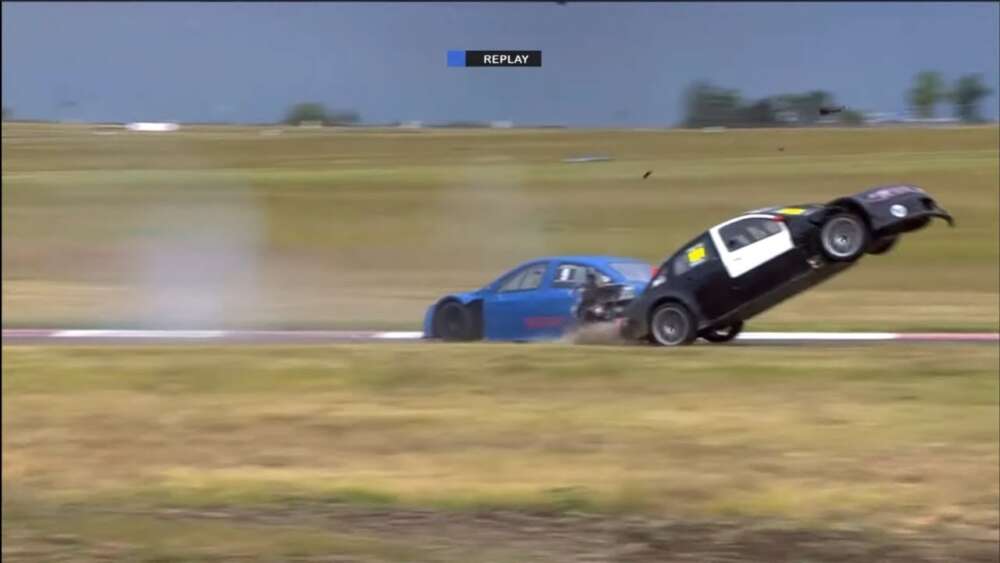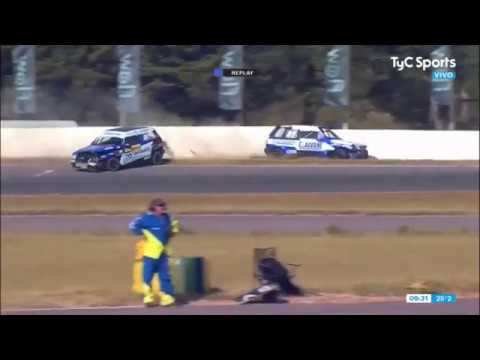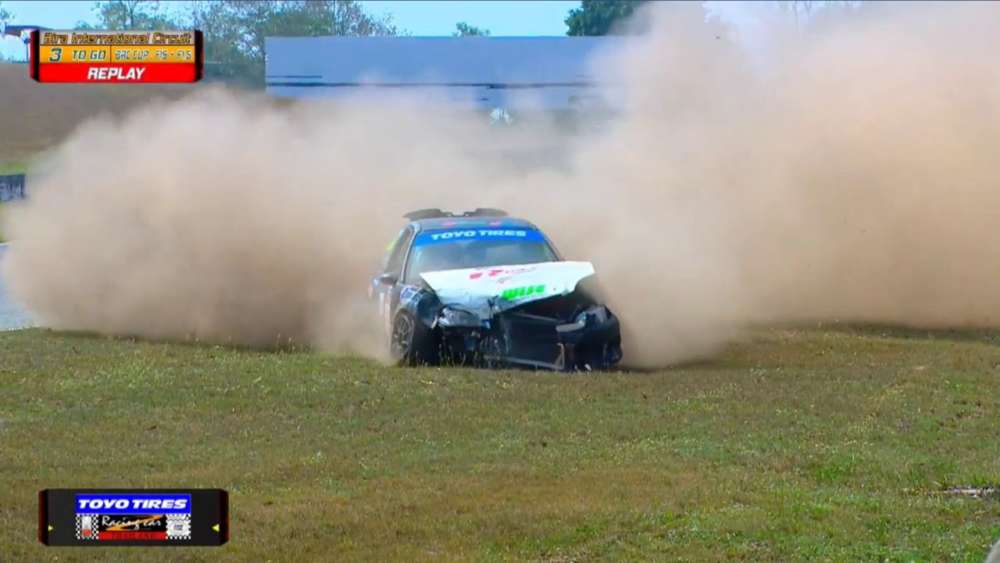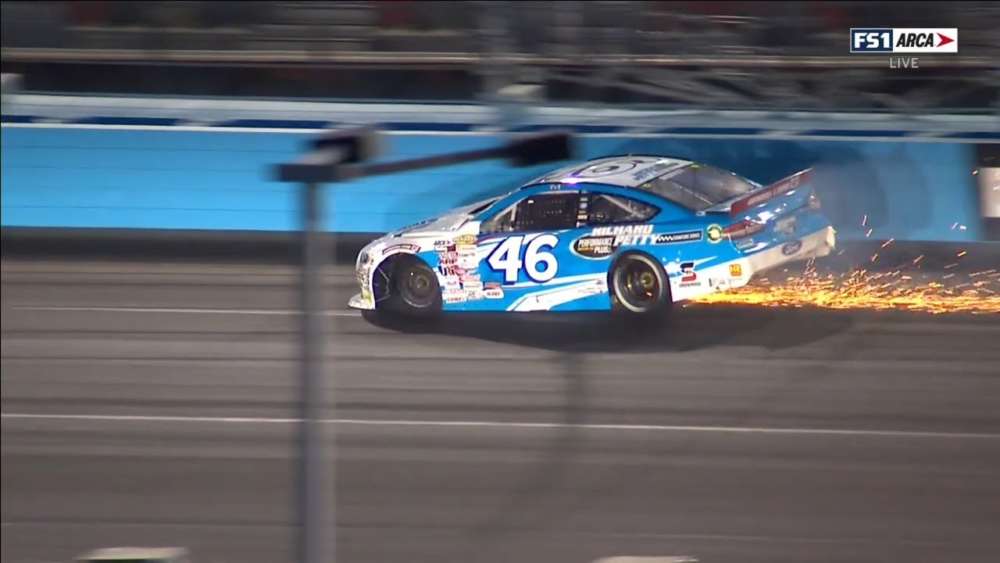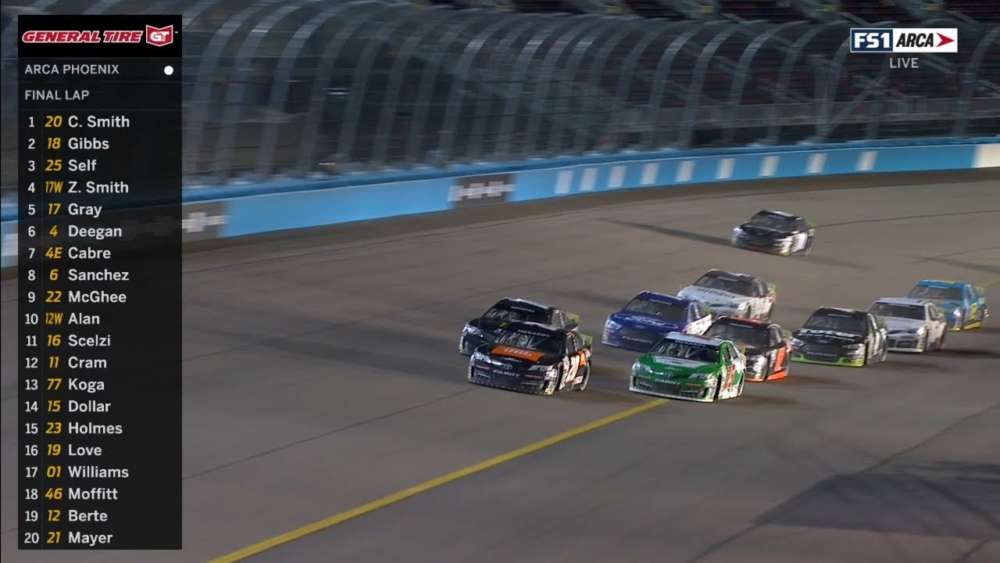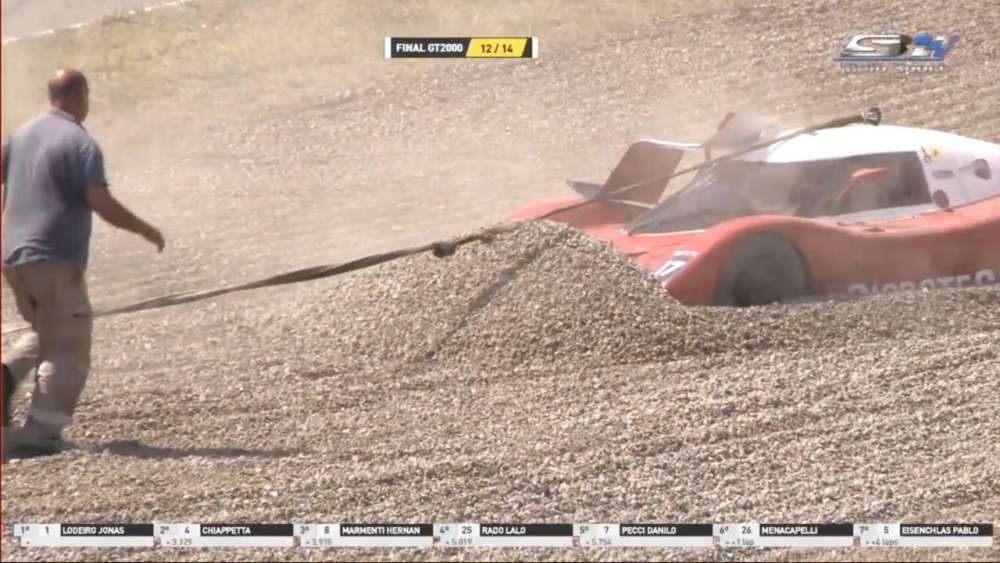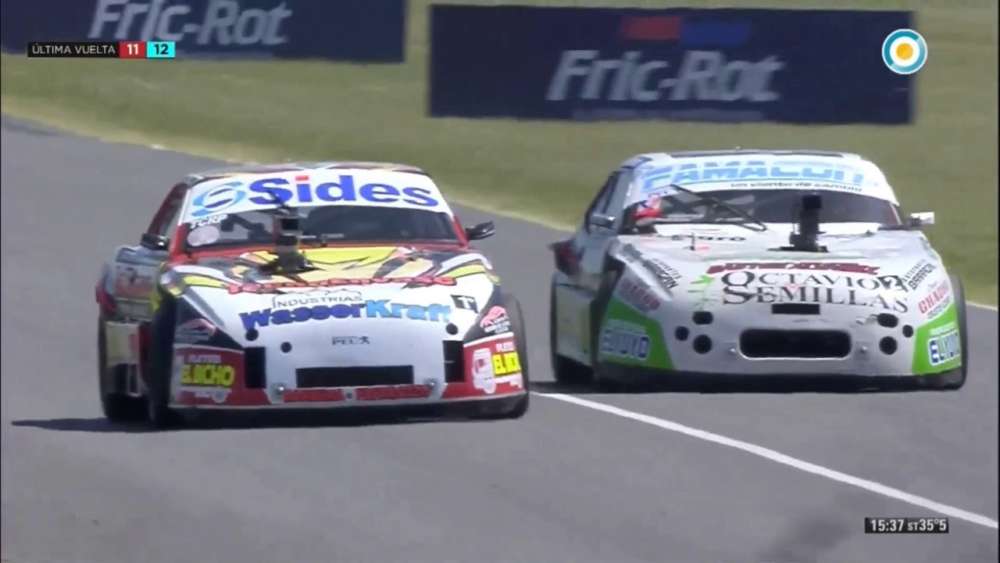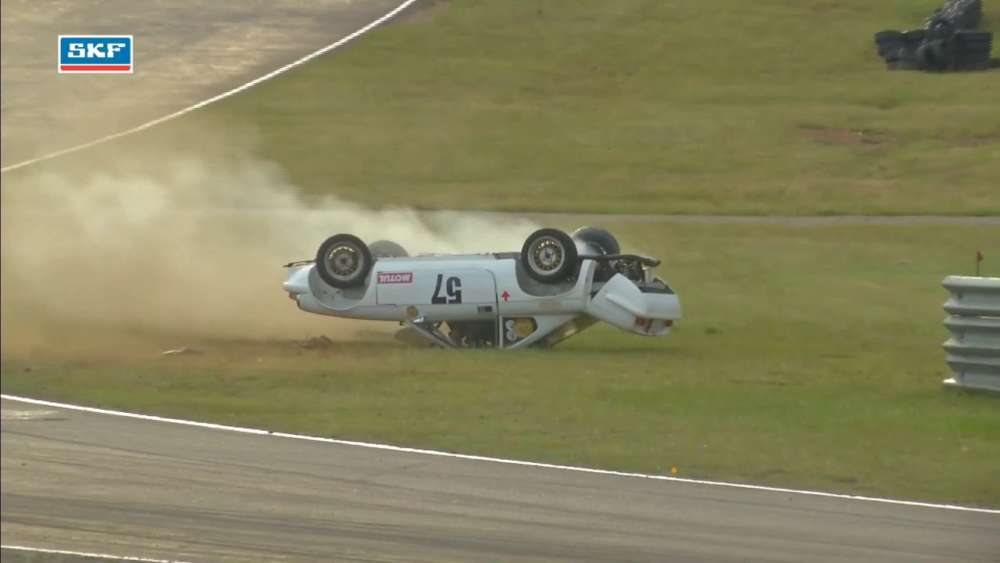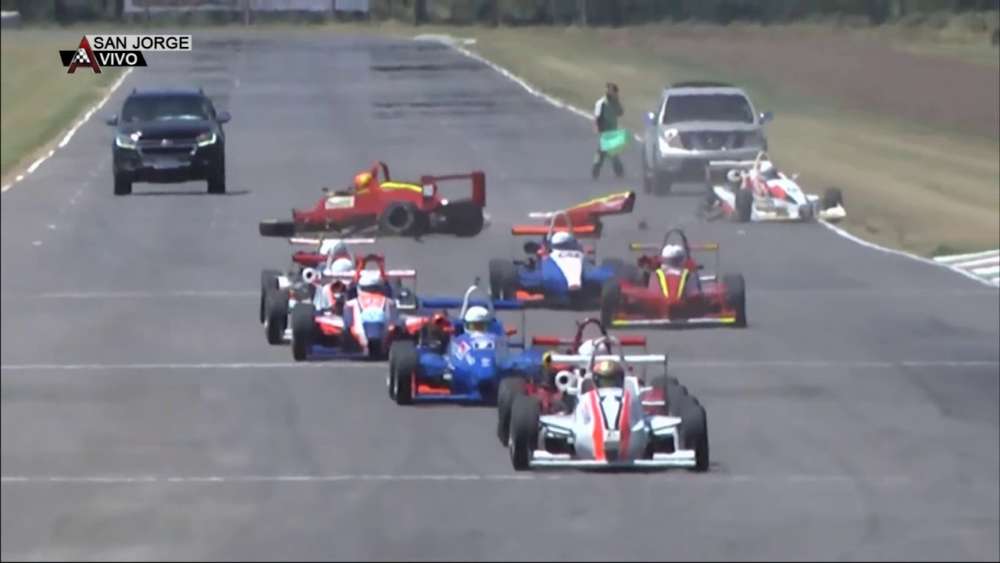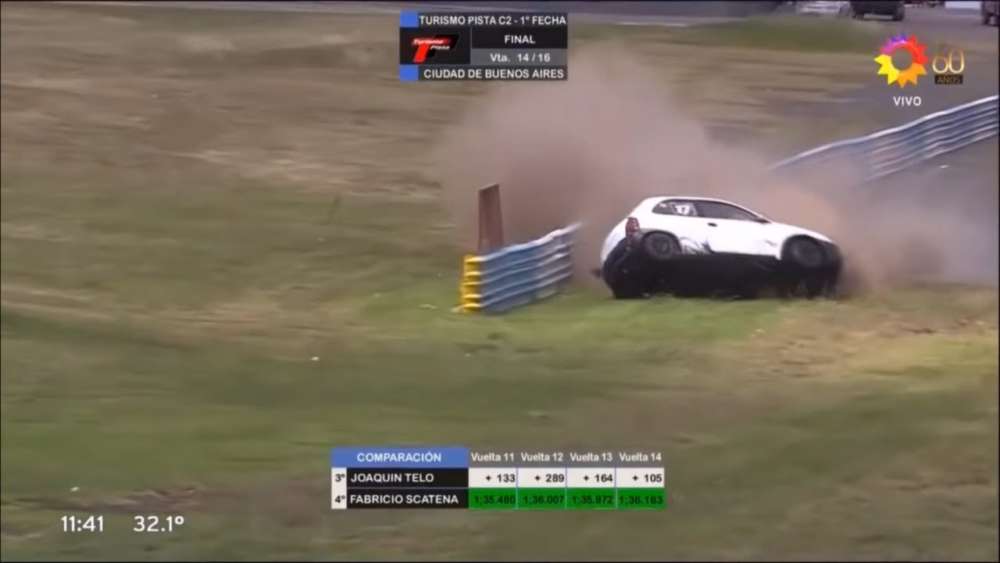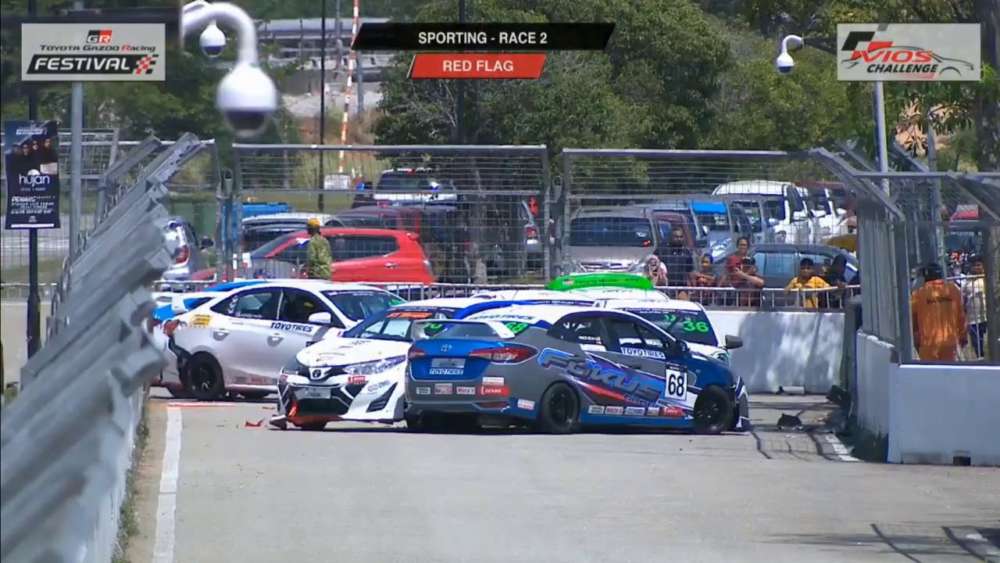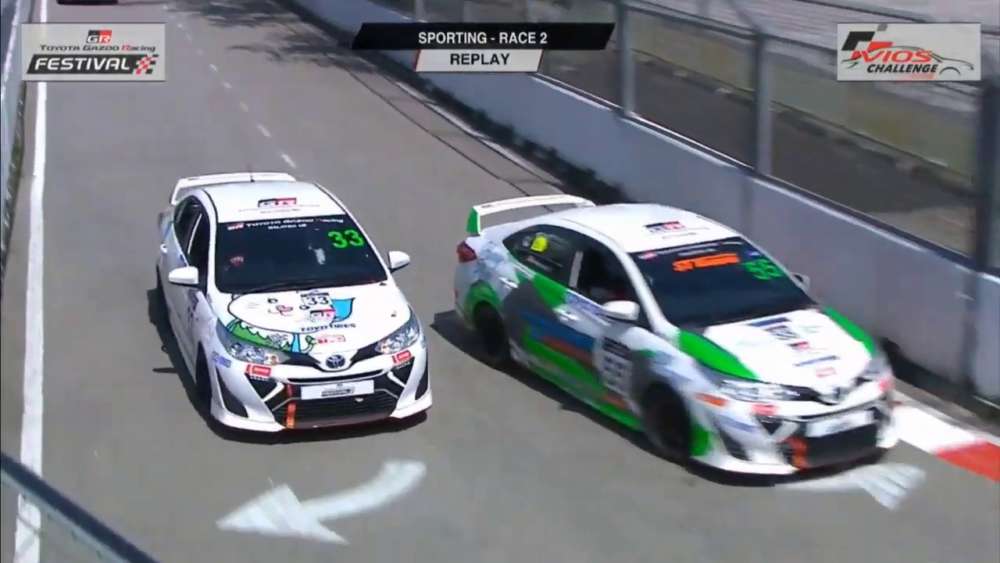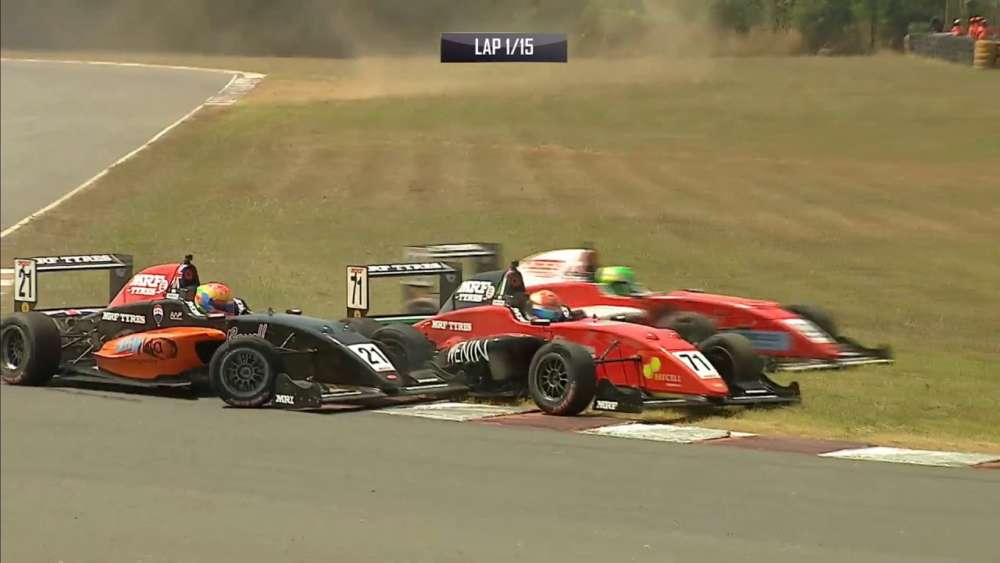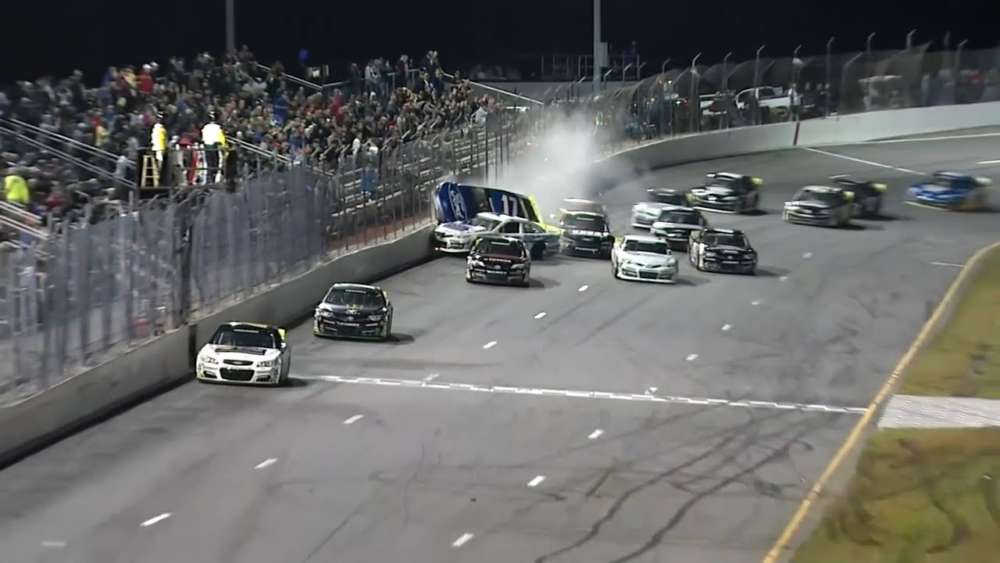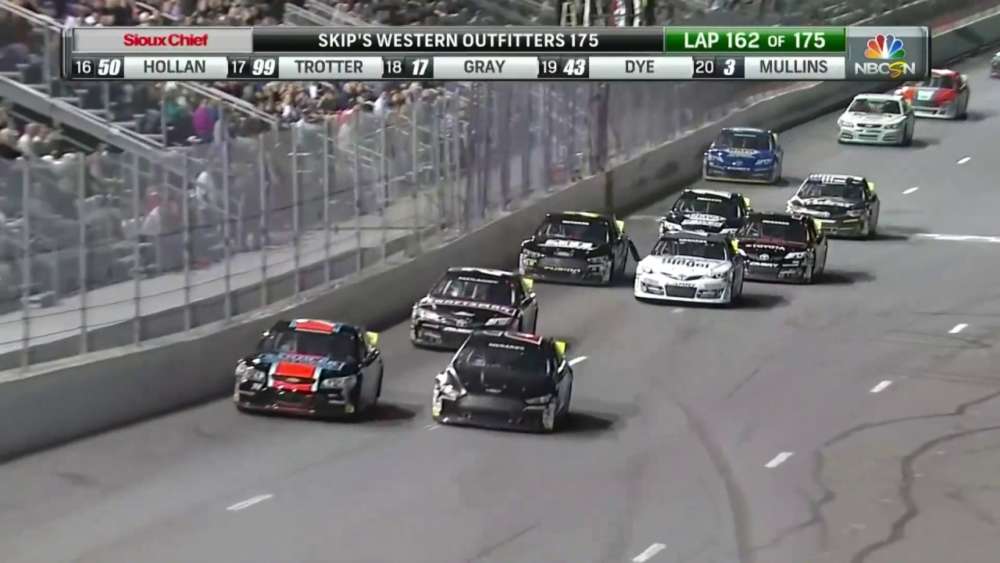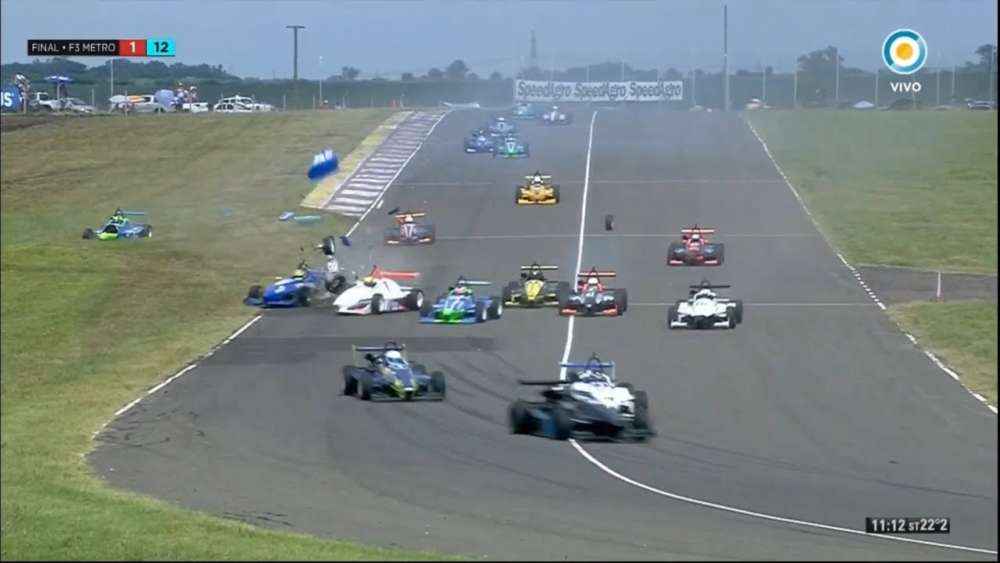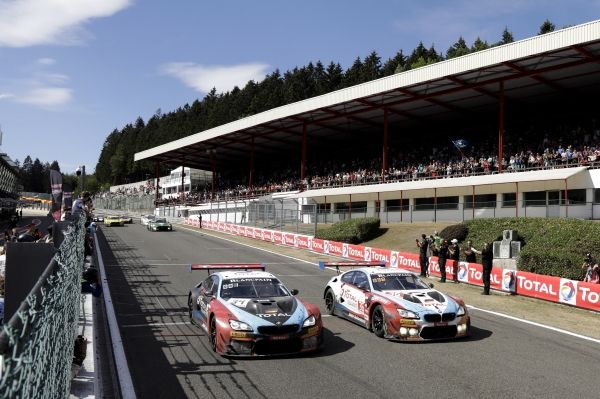
On 4 August 2001, a new era dawned at Spa-Francorchamps. For the first time, the legendary Belgian circuit was staging its annual 24-hour race as a contest for GT machinery. It would prove to be an inspired move.
Looking back from 18 years’ distance, it is remarkable to see how far the Total 24 Hours of Spa has come. Since making the transition from touring cars to GTs the event has grown each season, becoming firmly established as one of the most important long-distance races in global motorsport. Today, it poses a unique challenge thanks to grids of more than 60 cars all conforming to the same GT3 regulations.
Originally part of the FIA GT Championship between 2001 and 2009, in 2011 the Total 24 Hours of Spa became the marquee race for the newly-launched Blancpain Endurance Series. This has seen standards rise in almost every conceivable area, from the quality of competitors on-track to the entertainment provided for fans who attend the race.
One of the key differences between 2001 and what we have seen in recent seasons is the margin of victory. The first two GT races were won by the Larbre squad’s Chrysler Viper, which enjoyed a five-lap cushion on both occasions. This was bettered in 2003 when the victorious Freisinger Porsche was a whopping eight laps clear at the chequered flag.
In 2019, a margin of between five and eight seconds is not inconceivable. The chances of the overall winner being a full lap clear? It is not out of the question, but those who know the event would never predict it.
The closest finish to date came in 2014, when Rene Rast (#1 Belgian Audi Club Team WRT) crossed the line 7.077s clear of the #77 Marc VDS BMW. Afterwards, the triumphant Rast was almost too exhausted to make his way to the podium.
While the gap at the front of the field has decreased, grid numbers have grown throughout the GT era and have been particularly stable since GT3 became the lead class in 2011. The trend has generally been upwards, resulting in grids of more than 60 cars for seven of the past eight years. The lowest entry of the period was in 2005, when 37 cars took the start; the highest came in 2012, when 66 entrants saw the green flag.
We could be set for a record-breaker in 2019, with in excess of 70 cars reported to be competing at this year’s event. This would be the most since the touring car days, though it is worth remembering that the pre-2001 races featured a wide variety of machinery. Today, grids are made up entirely of GT3 cars, making the numbers all the more impressive.
Sticking with impressive numbers, the most laps completed during the GT era came in 2006, when the winning #1 Vitaphone Maserati and the second-placed #5 Phoenix Racing Aston Martin both managed 589 tours of the Spa-Francorchamps circuit. The fewest was in 2003, when the #50 Freisinger Porsche managed 479 laps in a race that saw almost four hours of full-course yellow running.
With the faster FIA GT cars well clear in qualifying for the 2003 event, the N-GT class Freisinger Porsche started its run to victory from 21st on the grid. But this is not the furthest a car has come from to win the race: in 2012, the #16 Phoenix Racing Audi climbed from 29th on the 66-car grid to claim victory.
You might think that wins from down the order are common at the event, particularly given the unforgiving nature of the circuit and its famously variable weather. In fact, the majority of GT era races have been won from close to the front, including four victories from pole position. Three of these came in a four-year spell, with 2004, 2005 and 2007 all producing wins from the very front of the grid.
The other occasion, and the most recent to date, was in 2014, though this was not a simple victory. As previously mentioned, it was the closest winning margin seen since 2001. What’s more, with Laurens Vanthoor falling ill, Rene Rast and Markus Winkelhock drove the final third of the race as a duo. On paper it could appear simple, but it goes to show that statistics alone tell only part of the story.
Looking at the average starting position for the winner of the past 18 runnings, the best place to qualify is eighth. Ironically, no car has actually started P8 and gone on to win during the GT era! Another odd statistic is that, while there have been four winners from pole, there have been none from second on the grid.
There have been six instances during the GT era of less than half the field finishing the race. In 2013, only 28 of the 65 starters saw the chequered flag, a record-low finishing rate of 43 percent. The best was actually set last year, when 47 of the 62 starters were classified. This is a finishing rate of 76 percentage and speaks to the ever-rising standards of modern GT3 cars and the teams that run them.
While the Total 24 Hours of Spa is certainly a test of machinery, it has perhaps posed an even greater challenge to the men and women who get behind the wheel. So, who are the standout performers at the event?
Statistically, the most successful drivers of the GT era are Eric van de Poele and Michael Bartels. Each has won three races a piece since 2001, having shared the winning Vitaphone Maserati in 2005, 2006 and 2008. Van de Poele is of course the most successful driver in the event’s entire history, having won twice during the touring car years (1987 & 1998) to establish a record total of five overall victories.
A number of drivers have taken two wins since 2001, with current competitors Philipp Eng, Markus Winkelhock, Romain Dumas and Rene Rast all likely to be in the running again this year. Should any of them triumph in 2019 they will join an elite list of just 10 drivers to have conquered the 24 Hours on three or more occasions since it was first run in 1924.
An important first occurred in 2004, when the BMS Scuderia Italia Ferrari took overall victory. The Maranello brand’s first win in half a century was noteworthy, but far more significant was the presence of Lilian Bryner among the driving talent. By taking top spot that day, the Swiss racer became the first woman to win a major 24-hour race.
Bryner also finished as runner-up in 2003, placing her on a list of 41 drivers to have secured multiple Total 24 Hours of Spa podiums since 2001. In total, there have been well over 100 podium finishers over the past 18 years. Stephane Ortelli holds the record for the GT era with five, including his win in 2003. What’s more, Ortelli has started a phenomenal 17 of the 18 GT races at Spa, more than anyone else during this period.
Two drivers share the record for most podium finishes without taking a win, with Stephane Lemeret and Christopher Mies both making four appearances on the rostrum but not climbing the top step. Mies remains active in 2019, so the German driver could still secure a victory.
Finally, what about the machinery that has taken these drivers to glory? While we speak about a harmonious “GT era”, numerous classes have operated at the Total 24 Hours of Spa over the past 18 years, including GT1, GT2, GT3, GT4 and single-make cup cars.
This year will see a purely GT3 grid. There are individual classes, but these are determined by driver grading rather than machinery. In a performance sense, there is no real difference between the car that secures pole position and the one that qualifies 63rd.
In terms of winners, German machinery has been dominant for the past decade, with Chevrolet’s win in 2009 representing the last time a non-German brand won overall. This is despite very strong showings from the likes of Bentley, Lamborghini and Ferrari, all of which will be in the running for overall honours this year.
While the period between 2010 and 2018 was a German lockout, things were quite different between 2001 and 2009. Indeed, during this spell Porsche was the only German marque to win overall (2003). Italian brands took four wins, with American manufacturers accounting for the same number.
With this year’s Total 24 Hours of Spa now only six weeks away, we will soon find out what 2019 has in store for the history books. With a potentially record-breaking grid and more competition than ever before, the event looks set to go from strength to strength as we near 20 years of GT racing at the iconic Spa-Francorchamps.
Source. SRO Motorsports Group
